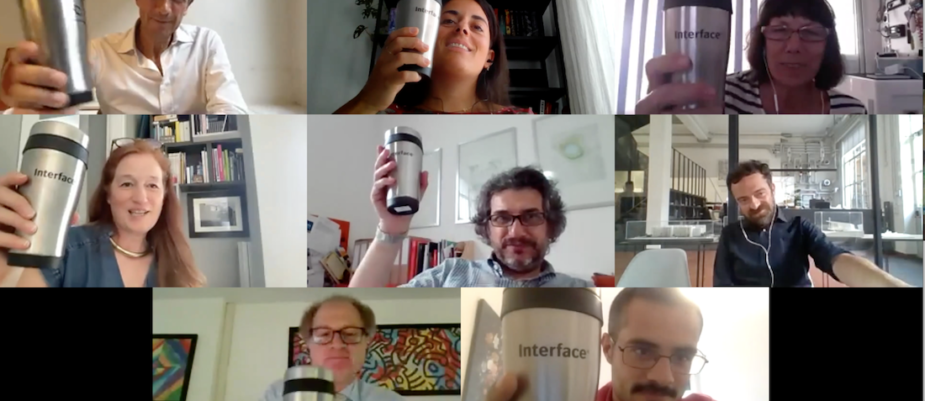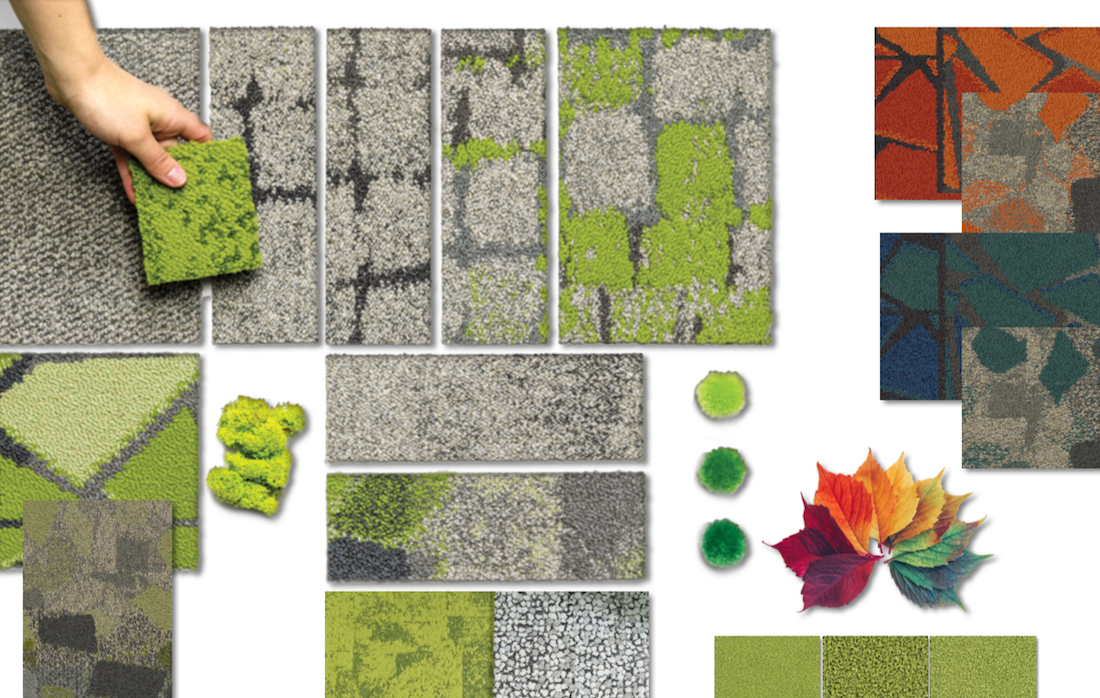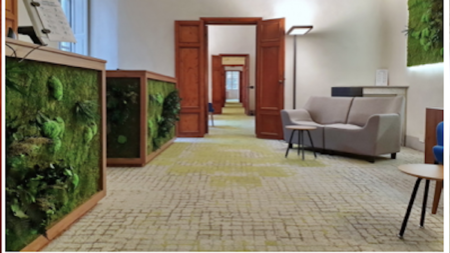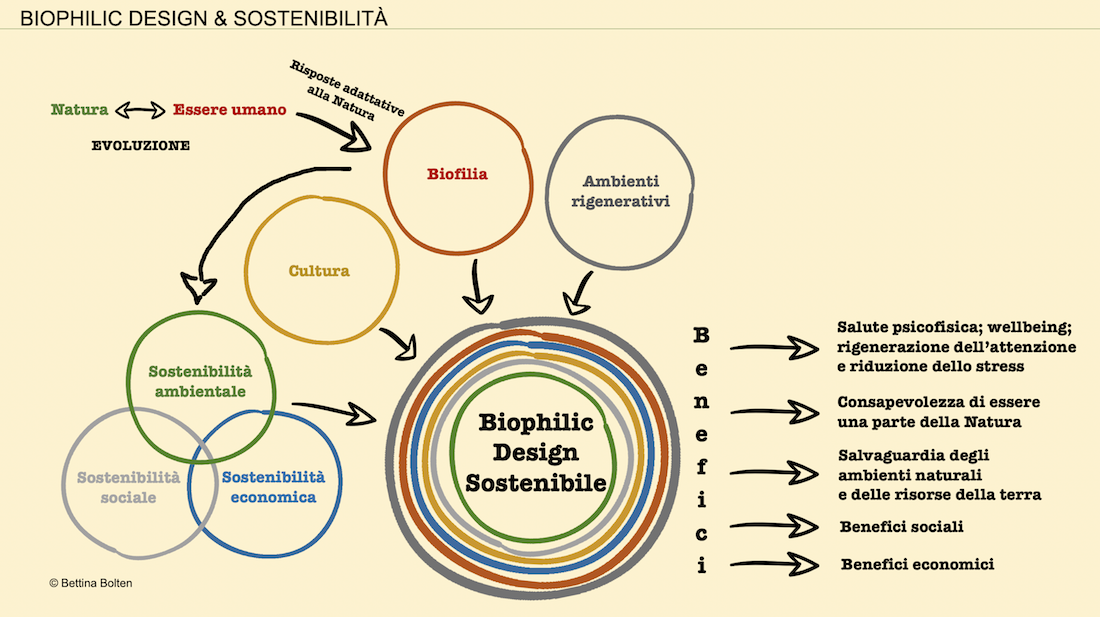
What is biophilia really about? This was the starting point of the Tea Time Party “Sustainable planning and biophilic design” organized in collaboration with Interface last June 23rd. Biophilia is an innate human characteristic (albeit with a different degree for each individual) much more than just a few plants in the office.
Biophilia is much more than the greenery that is now filling our offices. As Bettina Bolten, Biophilic Design Consultant, pointed out, it concerns air, light, water, sounds, smells, and also the ability to create architectural solutions that go beyond monotony and foster curiosity.
It concerns biomimicry, that is the imitation of nature, as it was called the first Interface’s biophilic inspired collection of the year 2000. “We questioned the sequential and repetitive way of designing flooring”, Filippo Saba (Interface) said. “We drew inspiration from how nature actually designs a floor”.
Another example of a biophilic inspired flooring was Interface’s Human Collection (2013), presented by Flavia Aprilini in the context of Palazzo Rosselmini in Pisa, and which was used to help to solve the acoustic problem and to create a continuity between the outdoor garden and the indoor space.
Biophilia is also and above all about respecting nature and the space in which we build. This principle, as Paolo Mantero (Paolo Mantero Associati) recalled, has always been the basis of good architecture and design, even though it seems to have been forgotten in Italy after the 1950s. This respect must be sought in knowing how to guide the client towards choices that are dictated not only by fashion, but also by his needs, as stated by Nicola di Troia (WIP Architetti), and by the need of making the interior spaces interacting with the nature that already exists outside.
Furthermore, as Alessandro Rossi (Park Associati) pointed out, biophilic design can be an opportunity to rethink how and what we value in a building, going beyond the vision of yield per square meter, but considering the social and environmental value. In addition, the use of green in the workplace shouldn’t be forced, green materials are nice to be used and to experiment with, so “You shouldn’t be too afraid to follow this trend”.

Finally, the biophilic feeling that we activate in the office depends on the fact that we live in a domesticated nature as well as in a nature that we can domesticate: as Gabriele Masi pointed out if I fill the office with plants, but then I’m afraid that the “tiger” could be hidden behind or that the environment in which I live is not safe, the anti-stress capabilities of nature simply don’t work.
Biophilia, therefore, is a feeling that is based on the possibility of taking care of oneself and/or of another living being: the greatest results in terms of wellbeing are achieved when the fruition of greenery is not purely passive, but interactive, as in the case of vertical gardens, hydroponic agriculture, or the possibility of bringing your dog to work.
Biophilia is, therefore, as Bettina Bolten pointed out, the prerequisite for a sustainable way of living. Respecting our biophilia also means domesticating the environment, while taking great care of it.
Text by Gabriele Masi.
The opening picture is from the presentation by Bettina Bolten.



















